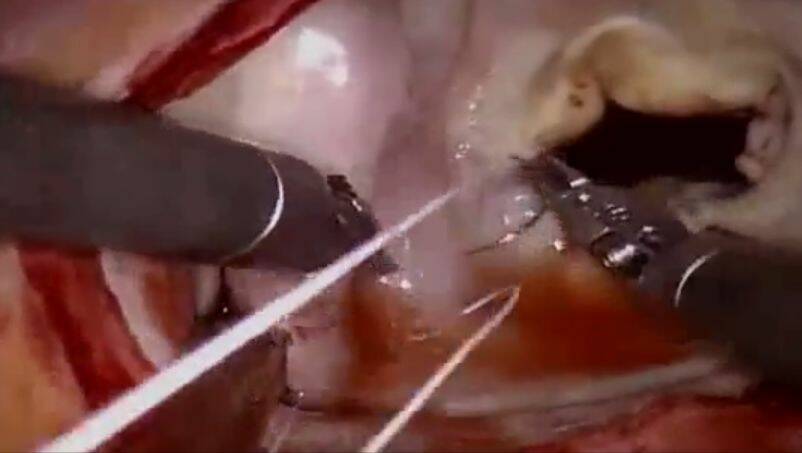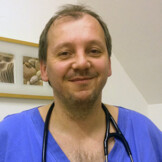- "What Are the Signs and Symptoms of Cardiomyopathy?". NHLBI. 22 June 2016.
- "What Is Cardiomyopathy?". NHLBI. 22 June 2016.
- Barsheshet A, Brenyo A, Moss AJ, Goldenberg I (October 2011). "Genetics of sudden cardiac death". Current Cardiology Reports. 13 (5): 364–76. doi:10.1007/s11886-011-0209-y. PMID 21789574. S2CID 25887172.
- Ferri FF (2017). Ferri's Clinical Advisor 2018 E-Book: 5 Books in 1. Elsevier Health Sciences. p. 246. ISBN 9780323529570. Archived from the original on 2017-11-10. Retrieved 2017-11-10.
- "What Causes Cardiomyopathy?". NHLBI.
- Gersh BJ, Maron BJ, Bonow RO, Dearani JA, Fifer MA, Link MS, et al. (December 2011). "2011 ACCF/AHA guideline for the diagnosis and treatment of hypertrophic cardiomyopathy: executive summary: a report of the American College of Cardiology Foundation/American Heart Association Task Force on Practice Guidelines". The Journal of Thoracic and Cardiovascular Surgery. 142 (6): 1303–38.
- Maron BJ, Ommen SR, Semsarian C, Spirito P, Olivotto I, Maron MS (July 2014). "Hypertrophic cardiomyopathy: present and future, with translation into contemporary cardiovascular medicine". Journal of the American College of Cardiology. 64 (1): 83–99.
- "Types of Cardiomyopathy". NHLBI. 22 June 2016.
- Basit, Hajira; Brito, Daniel; Sharma, Saurabh (2020), "Hypertrophic Cardiomyopathy", StatPearls, Treasure Island (FL): StatPearls Publishing
- Teare D (January 1958). "Asymmetrical hypertrophy of the heart in young adults". British Heart Journal. 20 (1): 1–8.
- McKenna WJ, Sen-Chowdhry S (December 2008). "From Teare to the present day: a fifty year odyssey in hypertrophic cardiomyopathy, a paradigm for the logic of the discovery process". Revista Espanola de Cardiologia. 61 (12): 1239–44.
- Maron BJ (March 2002). "Hypertrophic cardiomyopathy: a systematic review". JAMA. 287 (10): 1308–20.
- Fifer MA, Vlahakes GJ (January 2008). "Management of symptoms in hypertrophic cardiomyopathy". Circulation. 117 (3): 429–39.
- Bonow R, Braunwald E, Zipes DP, Libby P (2005). "The Cardiomyopathies". Braunwald's heart disease: a textbook of cardiovascular medicine (7th ed.). Philadelphia: WB Saunders.
Hypertrophic cardiomyopathy: What is it and how does it manifest? + Risks

Photo source: Getty images
Most common symptoms
- Malaise
- Chest pain
- Spirituality
- Blue leather
- Lung Island
- The Island
- Disorders of consciousness
- Pressure on the chest
- Fatigue
- Heart enlargement
Show more symptoms ᐯ
Treatment of Hypertrophic Cardiomyopathy
Show more









